
The sight of a beautiful trout or grayling rising majestically to the surface inhaling an insect is the highlight of many flyfishers dream – the sight that drives us off to the water again and again.
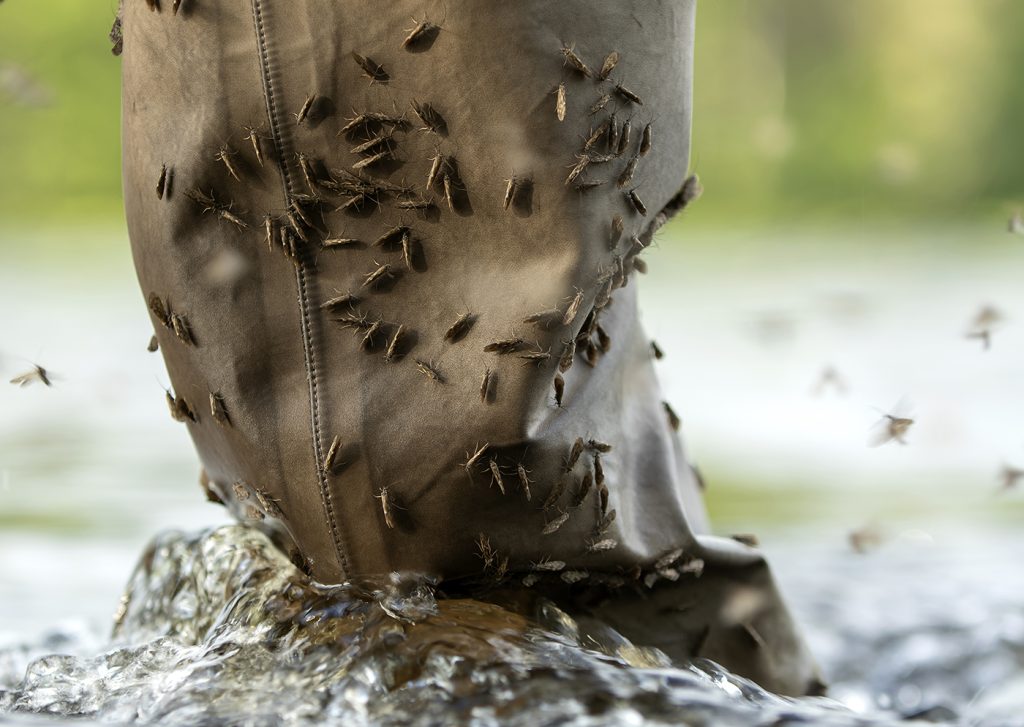
One of the most important insect species is sedge or caddisflies, which can occur in massive quantities and which can really lure the fish to the surface. It is estimated that there are up to 15,000 species within caddisflies against “only” about 3,000 species of mayflies. Therefore, there must not be a lack of caddisflies in any fly fisherman’s box when hunting trout or graylings in both running and stillwater. Like the mayflies, the caddisflies are important both as nymphs, emergers and adults, and imitations are plentiful.
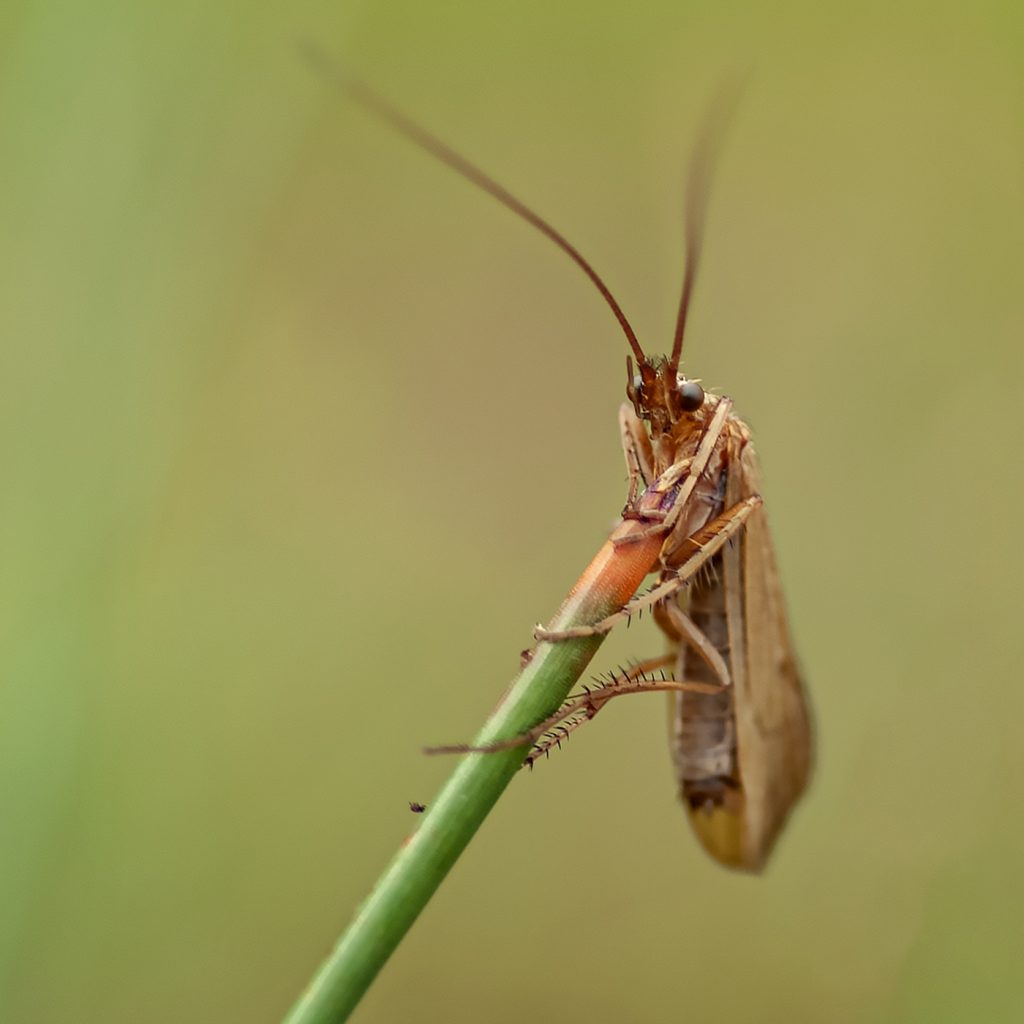
The roof-shaped wing and the relatively thick body and head, give the fly tyer a fine opportunity to tie life-like imitations with lots of material, which ensures good floating properties.

Here, the Swedish fly tyer and fly fisherman Håkan Karsnäser shows his bid for a good caddis imitation. This can be tied in versions to imitate the very smallest species from a few millimeters to the very largest Phryganea Grandis, which can achieve a length up to 50 mm.
Pro Caddis – by Håkan Karsnäser
Hook: Ahrex FW504 – Dry Fly Short
Thread: Brown
Body: Beige colored cdc
Wing: Pro Sportfisher Caddis Wing, colored with a brown marker
Head: Natural Deer-hair

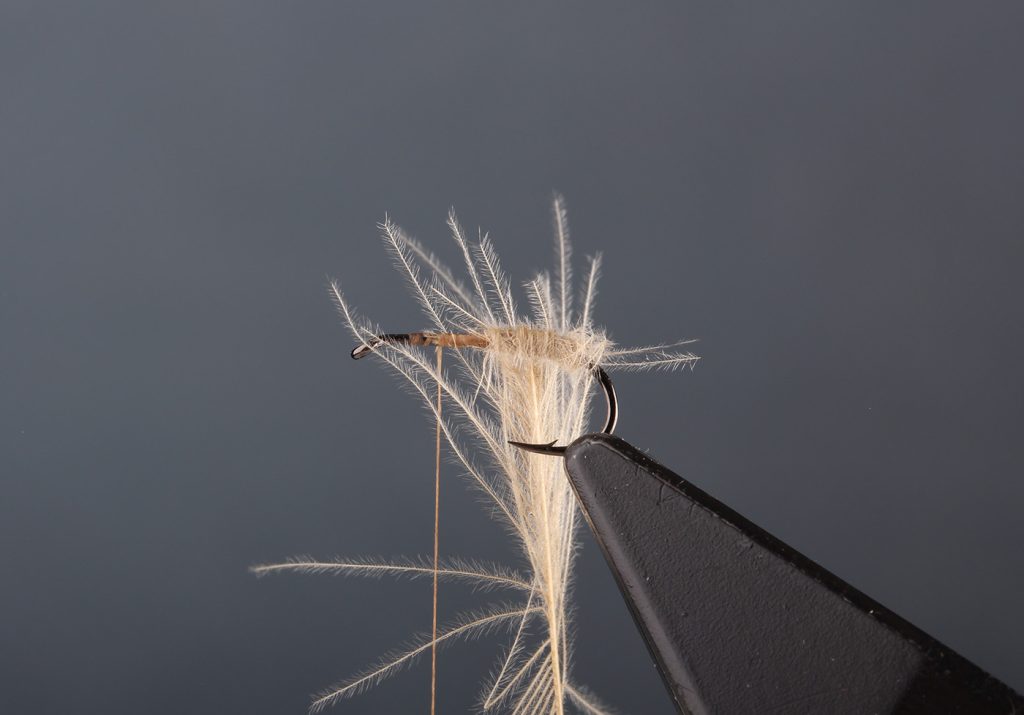
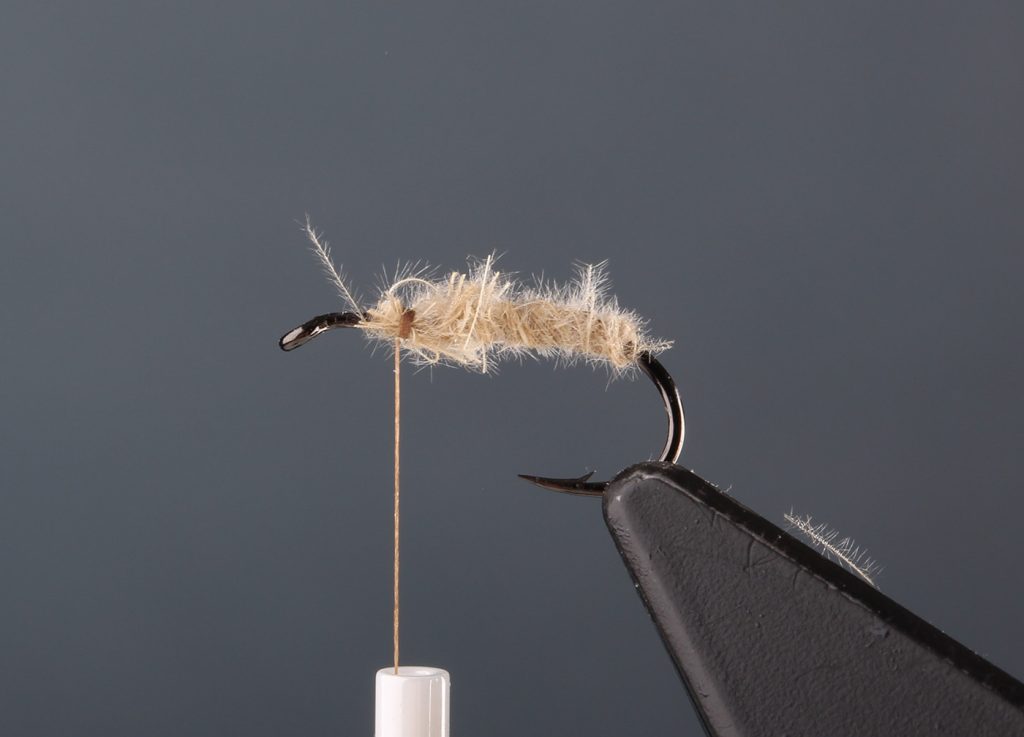


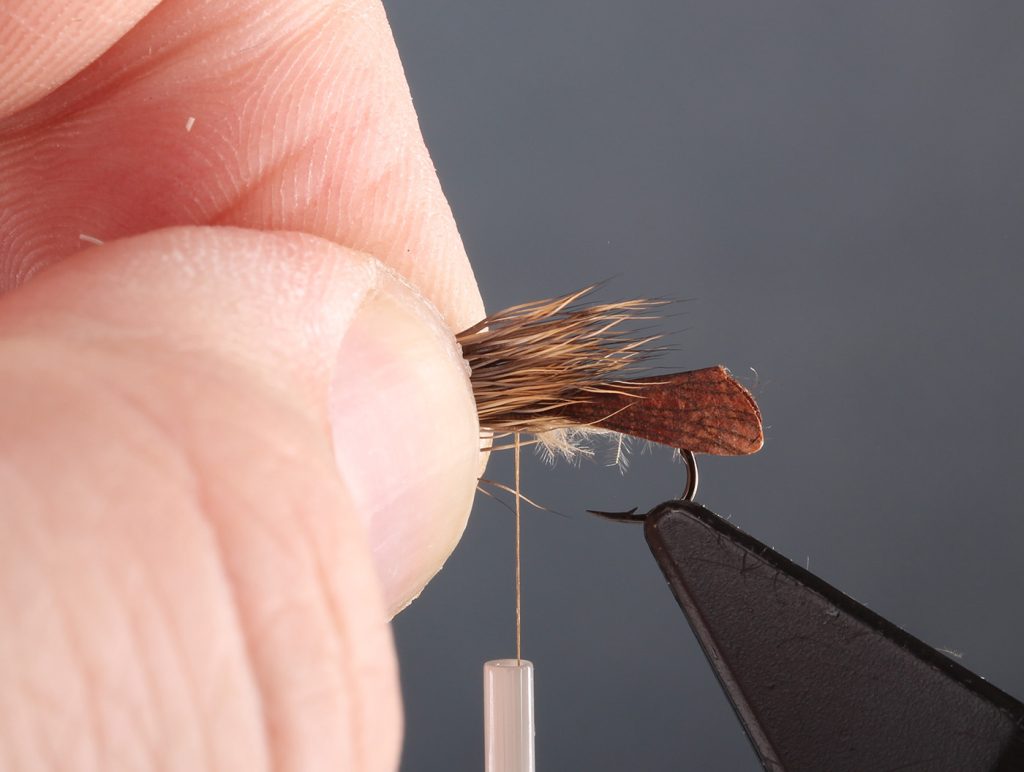


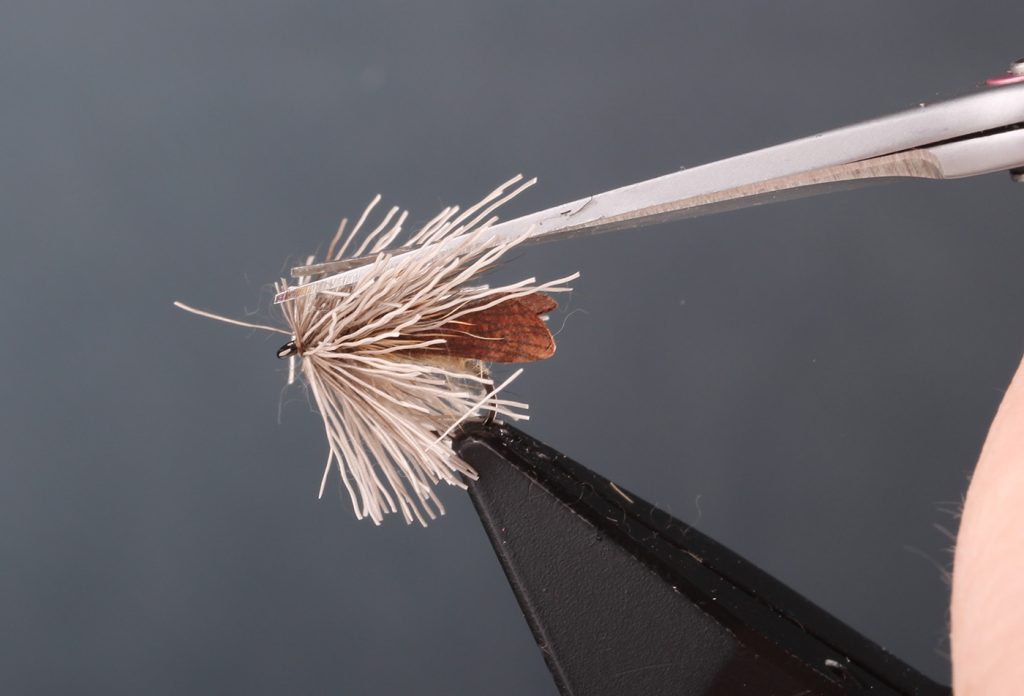
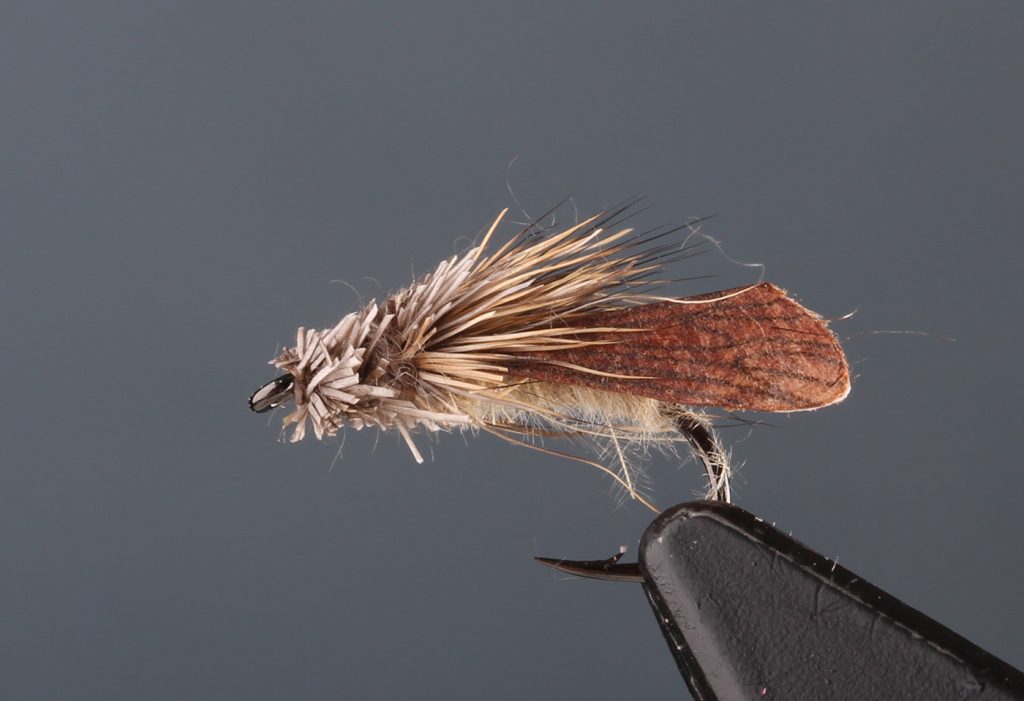
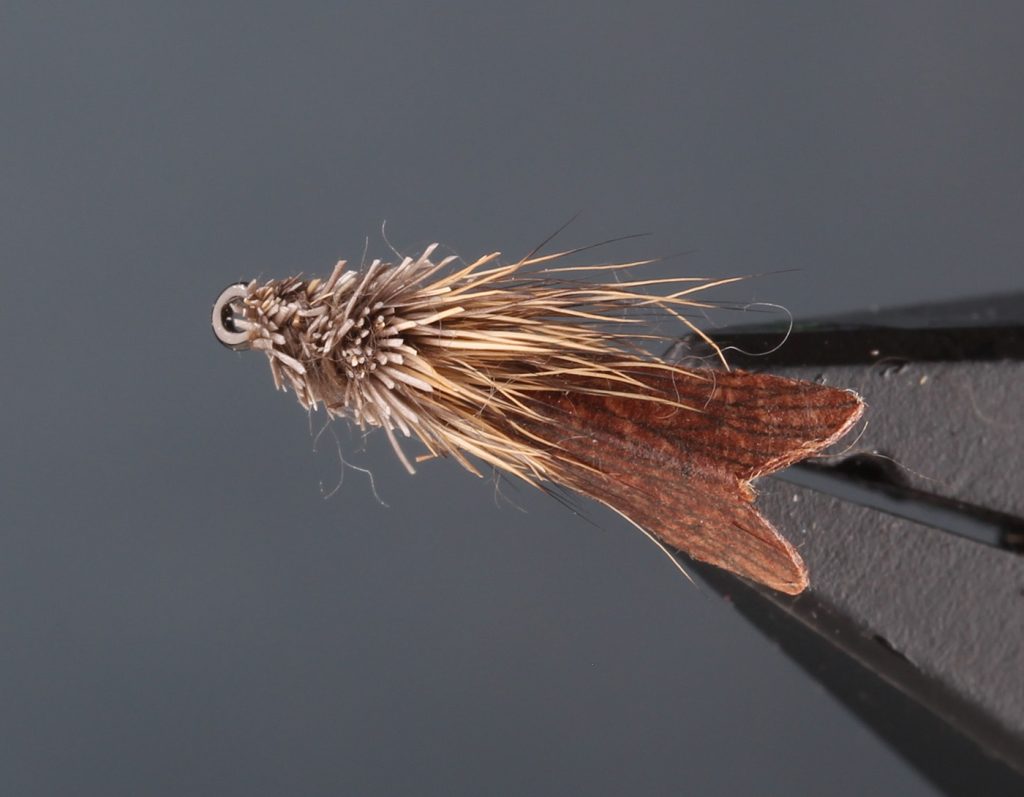
This version is with with a head of deerhair for excellent floating properties, but a more traditionally version with a dryflyhackle like the one below can also be excellent – and less messy while tying…
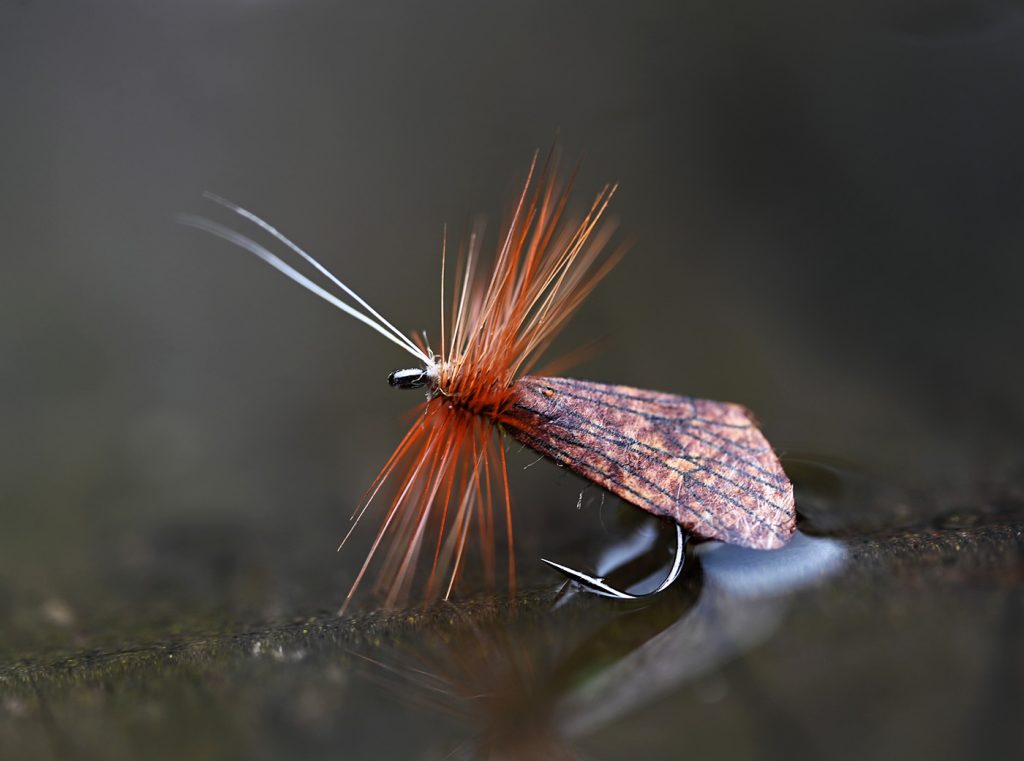

In this video, Lars Chr Bentsen ties his version of a Pro Caddis – but with a cdc head instead of deer hair – all versions work excellent, so give them am both a try.
